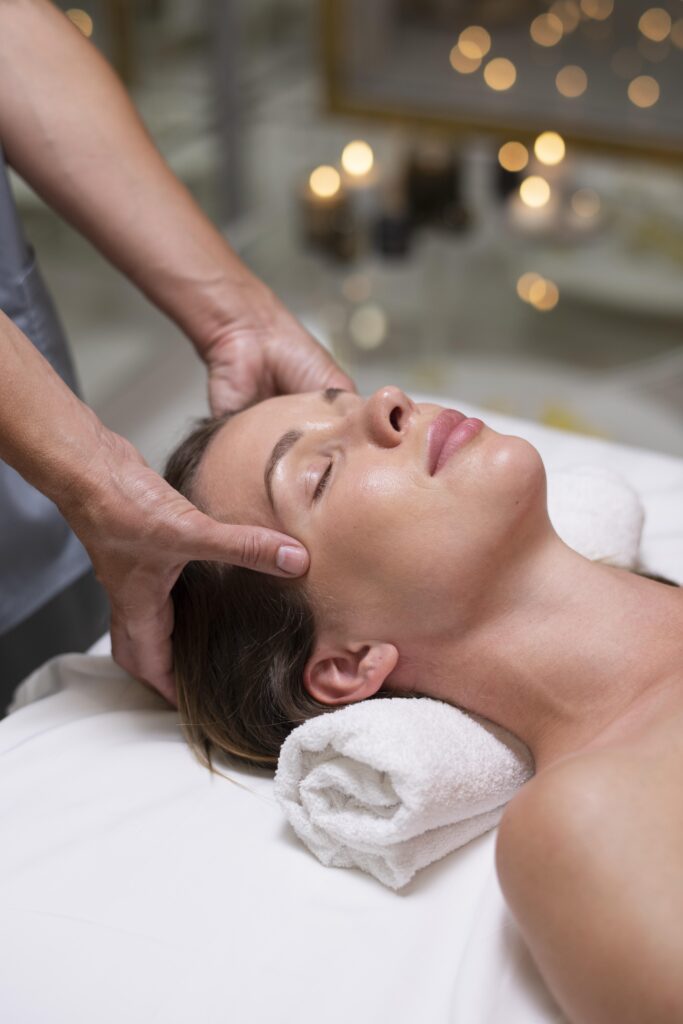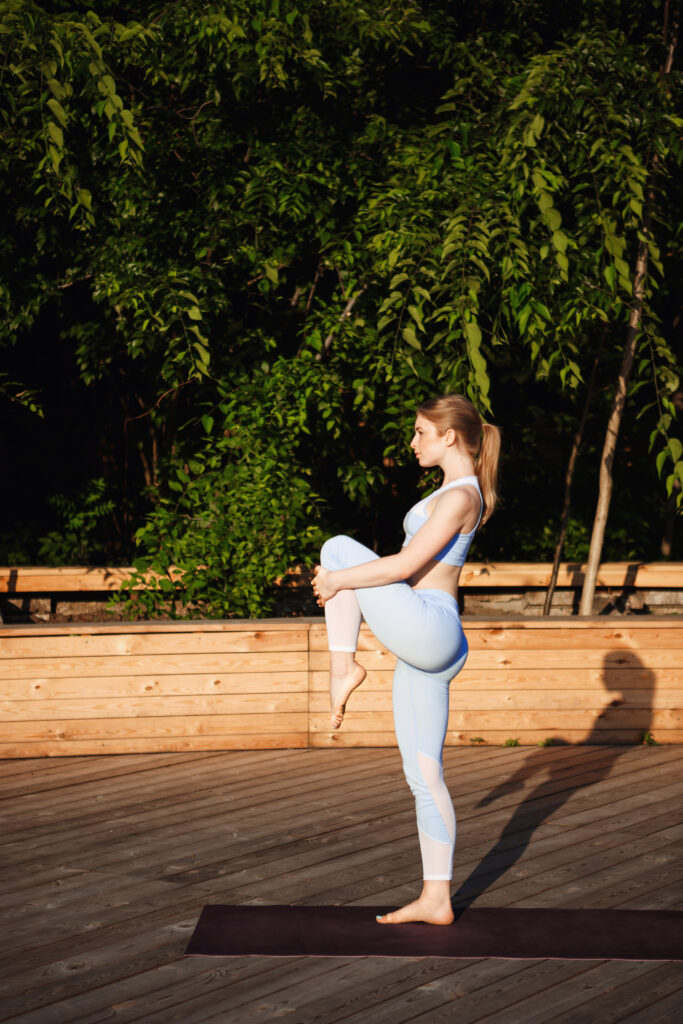
In this comprehensive exploration, we’ll delve into the calorie burning battle between swimming and running, dissecting the science behind each activity, the myriad factors influencing calorie expenditure, and considerations for selecting the optimal exercise to meet your fitness aspirations.
Table of Contents
Introduction:
In the realm of fitness, two titans stand tall: Swimming vs Running: Exploring the Most Calorie Burning
Both activities offer a plethora of benefits, from cardiovascular health to stress relief, but when it comes to calorie burning, which one takes the crown?
Understanding Calorie Burning:
Before delving into the specifics of swimming and running, let’s grasp the fundamental concept of calorie burning. Calories are units of energy derived from the foods we consume, which our bodies expend during various activities, including exercise. The rate at which we burn calories during exercise hinges on factors such as intensity, duration, body weight, and individual metabolism.
Running: The Calorie Torcher:
Running, a high-impact aerobic exercise, engages major muscle groups like the quadriceps, hamstrings, calves, and core. As runners propel themselves forward, their bodies grapple against gravity, demanding substantial energy expenditure. The intensity of running spans a spectrum, from leisurely jogs to lightning-fast sprints, each exertion level influencing calorie burn differently.
Research underscores running as a calorie-incinerating powerhouse.
For instance, an individual weighing approximately 155 pounds (70 kg) can torch around 590 calories per hour at a moderate pace of 6 miles per hour (9.7 km/h). However, it’s crucial to acknowledge that calorie expenditure may fluctuate based on individual fitness levels and running efficiency.
Swimming: The Aquatic Burn:
Swimming, a full-body workout, activates multiple muscle groups simultaneously. Unlike running, swimming boasts a low-impact nature, mitigating stress on the joints and rendering it ideal for individuals grappling with joint issues or injuries. The water’s resistance elevates the workout’s intensity, amplifying calorie burn.
Calorie burn during swimming hinges on variables such as stroke technique, swimming speed, and body composition. On average, swimming at a moderate pace may scorch approximately 413 calories per hour for an individual weighing about 155 pounds (70 kg). Nevertheless, vigorous strokes like butterfly or freestyle can significantly augment calorie expenditure.
Factors Influencing Calorie Burn:
Several factors exert influence on calorie burn during swimming and running:
- Body Weight: Heavier individuals typically expend more calories during exercise due to heightened energy demands.
- Intensity: Elevated intensity levels translate to greater calorie burn. Whether you’re sprinting on the track or executing vigorous swimming strokes, intensity remains a pivotal factor.
- Duration: Extended workout sessions generally yield higher calorie burn. Whether you’re logging laps in the pool or embarking on a marathon run, duration profoundly impacts overall energy expenditure.
- Fitness Level: Individuals with superior fitness levels may burn fewer calories during exercise, courtesy of their bodies’ enhanced energy efficiency.
- Stroke/Technique: In swimming, stroke selection and technical proficiency can sway calorie burn. Similarly, running technique plays a pivotal role in energy expenditure during running sessions.
Choosing the Right Exercise:
Selecting between swimming and running necessitates a careful consideration of fitness objectives, personal inclinations, and physical condition. Both activities offer distinct advantages and can contribute to a well-rounded fitness regimen:
- Running, with its high-impact nature, serves as an excellent calorie-torching option, fostering bone density, and fortifying lower body musculature.
- Swimming, characterized by its low-impact properties, delivers a comprehensive cardiovascular workout, enhances flexibility, and alleviates joint strain.
Moreover, it’s imperative to gauge your current fitness level and any pre-existing injuries or conditions that may impede certain activities. Consulting with a fitness professional or healthcare provider can furnish invaluable insights to guide your decision-making process.
Incorporating Variety:
To optimize calorie burn and stave off monotony, consider integrating both swimming and running into your fitness regimen. Diversifying your workouts not only targets different muscle groups but also injects a sense of novelty and excitement. Furthermore, cross-training mitigates the risk of overuse injuries associated with repetitive movements, fostering a more balanced and sustainable approach to fitness.
Conclusion:
In the perpetual battle between swimming and running for calorie-burning supremacy, both activities emerge as formidable contenders, each endowed with its unique virtues. While running typically boasts a higher calorie burn rate owing to its gravitational resistance and high impact, swimming offers unparalleled benefits such as joint-friendly conditioning and holistic muscular engagement. Ultimately, the optimal exercise regimen hinges on personal preferences, fitness objectives, and individual circumstances. By comprehending the mechanics of calorie burning and factoring in personal inclinations and goals, you can navigate the dichotomy between swimming and running to forge a path toward a healthier, more active lifestyle.



